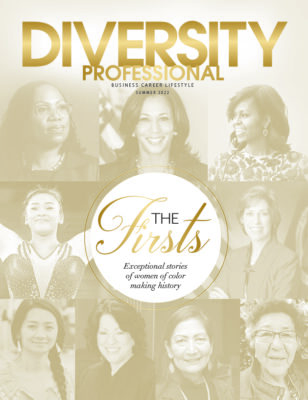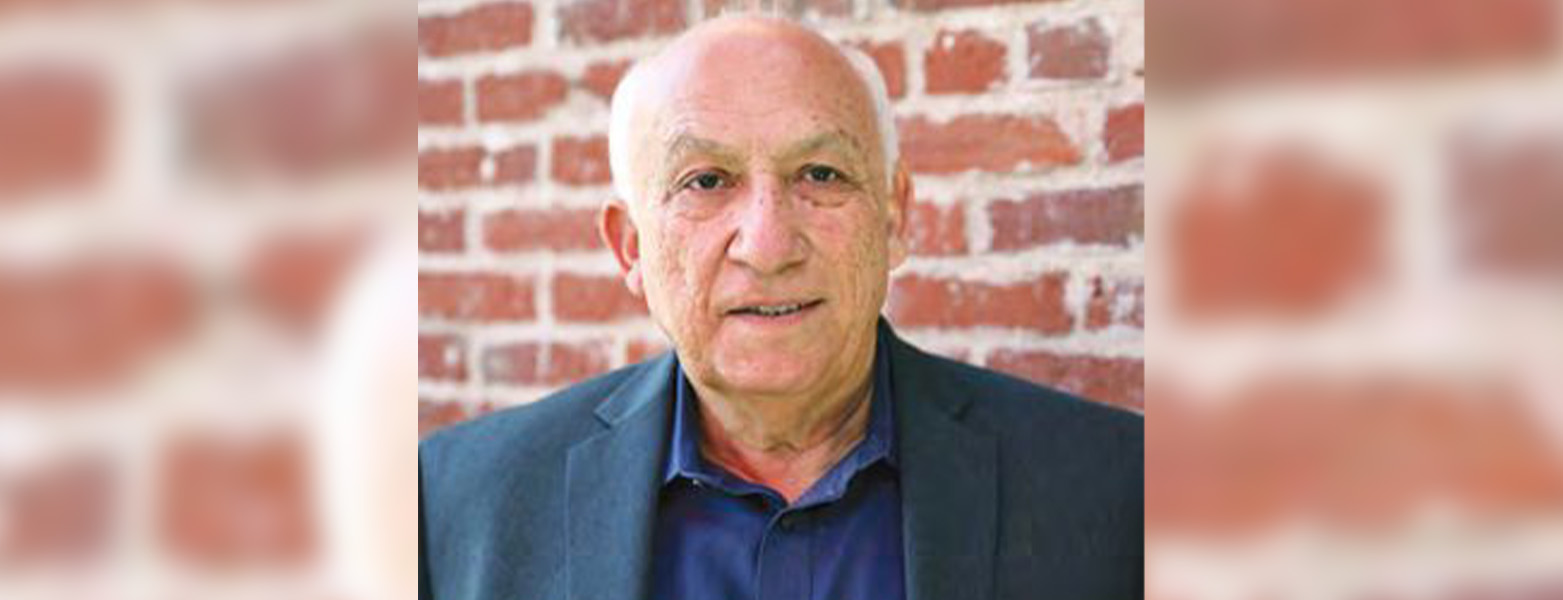A Vision Of Los Angeles’ Future, Looking Through Its Past
As founding partner of one of the country’s most recognized Latinoowned public relations agencies, John Echeveste had to persuade some of his largest clients—AT&T, Disney, McDonald’s and Target Stores among them—to invest in the growing Latino market. Now, as chief executive officer of LA Plaza de Cultura y Artes (LA Plaza), a nonprofit museum and cultural center headquartered in Los Angeles’ historic core, he gets to do it himself.
Three years ago, Echeveste, who in 1988 helped launch Valencia, Perez & Echeveste Public Relations, inherited an institution beset by challenge. A succession of CEOs, financial issues, limited community programming, marginal public awareness and low visitor traffic jeopardized its viability. The organization’s board began searching for a new CEO, one with significant marketing savvy and experience working in the Latino community.
Good Timing—And a Bit of Luck
Social media changed the traditional ways of courting journalists—what Echeveste, a former newspaper reporter and television documentarian, enjoyed most. It was the perfect time for a change.
“The opportunity to lead LA Plaza gave me the chance to develop the type of community programs I encouraged our clients to sponsor but, due to budgeting considerations or marketing goals, some of them never did,” said Echeveste. “These are important programs because they tell the story of who Latinos are.” (And in Los Angeles County, there are 5 million of them—half its population.)
To tell that story, he needed to retool the organization, which was established by the County of Los Angeles in 2011 to promote the history of Mexican and Mexican-American influence in the region. He applied the management lessons he learned building a successful company: aggressive financial planning, smart hiring and operational efficiency, all with an eye on maximizing return on investment. That strategic shift is working.
In 2017, revenue reached a record $3.5 million, up from $2.6 million in 2015. The number of community programs surpassed 80, compared with just 15 in LA Plaza’s first year. Visitor attendance reached about 100,000, compared with roughly 60,000 in 2014, when Echeveste was hired.
That success is positioning LA Plaza, a Smithsonian affiliate, as a top-of-mind player in the region’s cultural scene. As part of the recent 70-venue Pacific Standard Time regional arts initiative, it hosted the first public exhibitions, chronicling banned or whitewashed Chicano murals. Its Eastside Arts Initiative, a partnership with the California Community Foundation that awards approximately $300,000 annually, has funded theater productions, student training programs and other community-based arts endeavors.
In 2015, the organization expanded its community service mandate with the groundbreaking for LA Plaza Cultural Village, a $160 million, 425,000-square foot mixed-use complex. It includes 355 apartments, of which 20 percent are affordable housing; more than 47,000 square feet of restaurant and retail space; and LA Plaza’s Mexican culinary teaching kitchen, which complements its healthy living and community garden program. A joint effort of LA Plaza, Los Angeles County, Trammell Crow and the Cesar Chavez Foundation, the development features a walkway connecting LA Plaza’s two-acre campus with Olvera Street, often called the birthplace of Los Angeles, and the historic Union Station rail terminal.
An Interconnected History
“Los Angeles’ story is an interconnected one,” said Echeveste, “And we’re looking at how to better tell that story from the perspectives of the Latino, Chinese and Italian immigrants who made the region what it is today.” Longer term, that goal includes a new facility for more galleries, a performing arts space and the creation of a downtown museum district to showcase Los Angeles’ multicultural history.
From his office window overlooking what will become LA Plaza Village, the native Angeleno sees more than just its final construction stage. He sees Los Angeles’ story still being written, with a future inextricably linked to its past.









